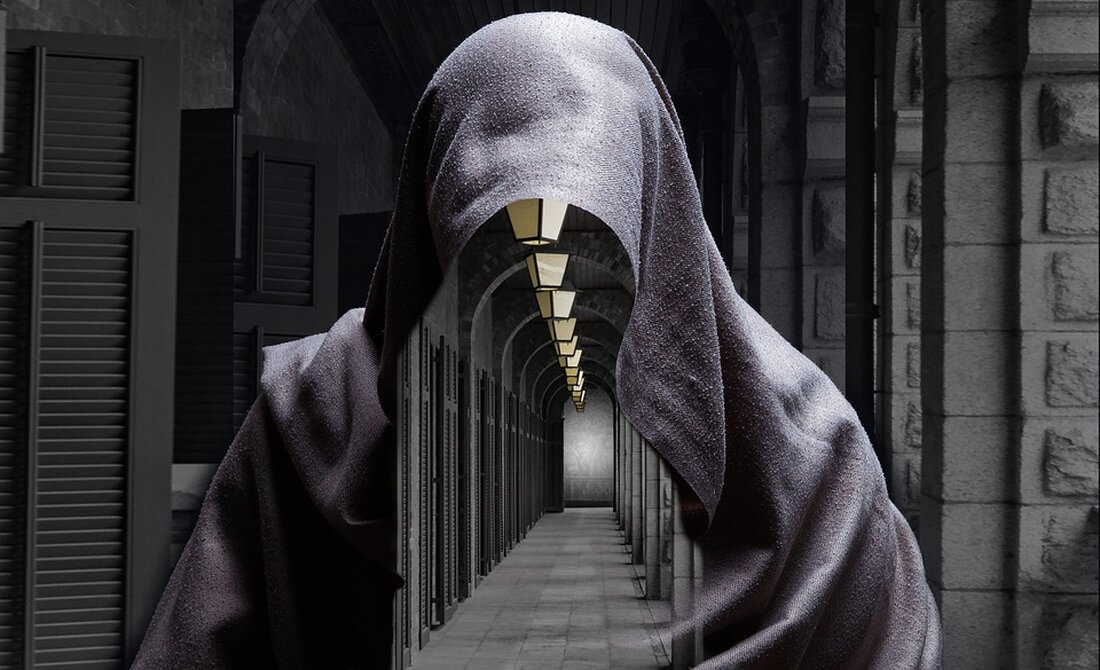Hidden beauties: discover Europe's dilapidated palaces and castles!
Discover fascinating Lost Places: Abandoned palaces and castles in Europe that are shaped by history and nature.

Hidden beauties: discover Europe's dilapidated palaces and castles!
Magnificent palaces and castles that once represented splendor and glory have often fallen into ruins in Europe. These “lost places” are increasingly attracting people drawn to the fascination of decay. There are many reasons for the decline; Nature often takes back its space. However, there is some risk when entering such places, including the risk of injury and legal consequences, such as Travel reporter reported.
There are many remarkable examples of such abandoned buildings in Europe that tell the stories of bygone times. Each of these buildings has its own, often tragic, history.
European Lost Places
- Schloss Dwasieden auf Rügen: Eine einstige Schiffsartillerie-Schule, gesprengt von sowjetischen Truppen im Jahr 1948, bleibt heute nur als Ruine zurück. Die historische Führung wird derzeit von einem Immobilien-Investor organisiert.
- Schloss Vitzenburg in Sachsen-Anhalt: Ursprünglich ein Nonnenkloster, wurde es nach dem Zweiten Weltkrieg als Kinderheim genutzt. Das Hauptgebäude steht seit 1996 leer und wurde zuletzt als Kulisse für den Kinderfilm „Bibi und Tina“ verwendet.
- Schloss von Vlajkovac in Serbien: Erbaut 1859, war es bis zum Zweiten Weltkrieg im Familienbesitz. Nach der Verstaatlichung verfiel es zusehends und dient heute als Schlafplatz für Obdachlose.
- Villa Sbertoli in der Toskana: Umgebaut zu einer psychiatrischen Klinik, ist die Villa mittlerweile stark verwüstet und der Park ist seit 2015 öffentlich zugänglich.
- Schloss Wildhaus in Slowenien: Ein Handelsplatz und Mautstation im 16. Jahrhundert, steht seit 1989 leer, nachdem es mehrere Funktionen, darunter als Lazarett und Seniorenheim, einnahm.
- Kasteel de Borght in Belgien: Dieses Schloss, dessen Ursprünge bis ins 15. Jahrhundert zurückreichen, ist bekannt für seinen Wassergraben. Der aktuelle Eigentümer bleibt unbekannt, nachdem es zuvor zum Verkauf angeboten wurde.
- Schloss von Lapalice in Polen: In den 80er-Jahren geplant, wurde der Bau aufgrund von Baugenehmigungsproblemen gestoppt und ist bis heute eine inoffizielle Attraktion.
- Schloss Lowther in England: Nach jahrzehntelangem Verfall wurde es 2011 wieder für Besichtigungen geöffnet.
A look beyond Europe's borders shows that the fascination for abandoned places is not limited to the continent. Loud AD Magazine There are numerous other lost places around the world that also tell stories of transience and historical change. The list includes magnificent structures that were abandoned due to wars, economic decline or natural disasters.
The meaning of lost places
Historian Michael Kerrigan, author of the book “The Magic of Transience,” emphasizes the importance of these structures compared to well-preserved historic buildings. His works highlight how many of these ruins represent the transience of human creations while making visible the course of history. From Belgium to China, there are places steeped in history that have stood the test of time - or rather, that are marked by time and encourage reflection on one's own transience.
Exploring such lost places offers not only a glimpse into the past, but also an opportunity to appreciate the stories these ruins tell – stories of loss, change and the unstoppable power of nature.

 Suche
Suche
 Mein Konto
Mein Konto